One of the most common questions that arise when discussing fingerstyle is if you should use nails or flesh when playing.
Nails require you to either grow out your fingernail or apply acrylics whereas flesh doesn’t require any additional maintenance except for cutting the nails.
You may be asking, what are the main differences and advantages/disadvantages between the two?
Nails
Right off the bat, nails are going to provide a brighter tone due to the material that is striking through the string. With proper shaping and filing technique the nails could provide a warmer tone. This requires several adjustments with the filing of the nail in order for the nail to come out just right for your specific right hand technique. There are many different angles & approaches but all have the same principle.
This picture demonstrates a good nail length and shaping to start with:
Flesh
This route is the most common to start with, as it doesn’t require any additional work in order to play fingerpicking guitar. If we forget the nails and disregard any artificial product we use our flesh to fingerpick. The flesh provides a much warmer tone and less volume as well as dynamic range since it’s not likely to project as well as nails.
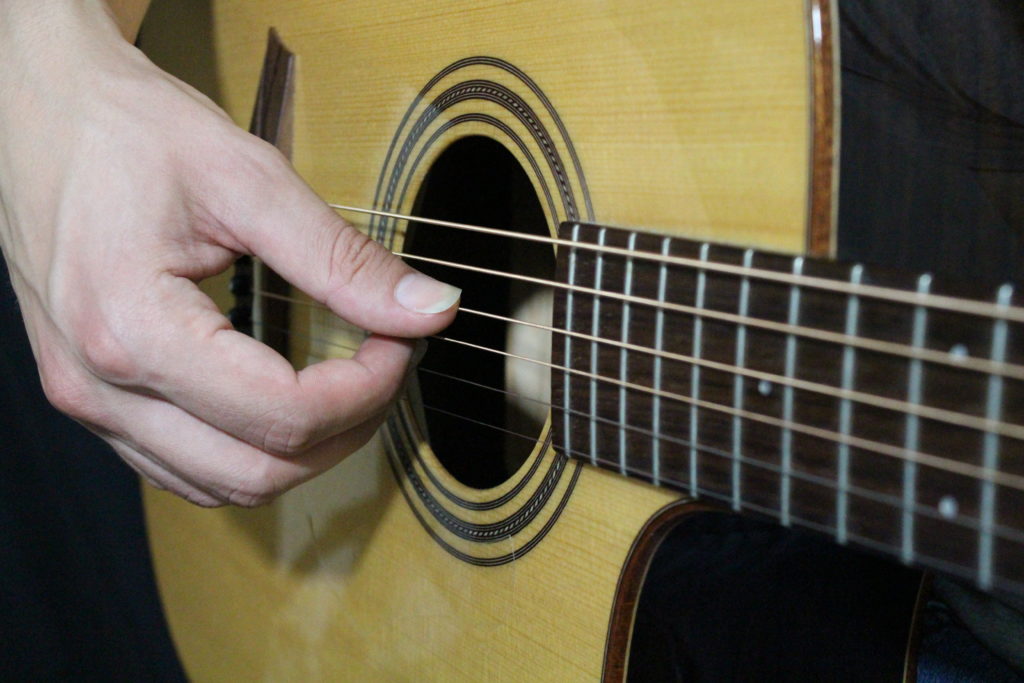
Here is a video on nail shaping I recommend:
Deciding on your nails or flesh is based on your personal taste and the sound that you’re trying to achieve. If you were a fingerstyle player or classical guitar player it is recommended that you at least try the nails and see if they’re a good fit for you. If you have brittle nails, there are hardening products and vitamins that can help to be able to strengthen them.
Learn more about technique through our FREE Fingerstyle Workbook!
FOLLOW US ON
Get our FREE Fingerstyle Workbook!
RELATED BLOG POSTS
Guitar Finger Exercises
Finger exercises are an essential part of developing strength, flexibility, and coordination in your hands for playing the guitar. By practicing finger exercises regularly, you can improve your dexterity, speed, and overall technical proficiency on the instrument.
To start practicing finger exercises, begin by warming up your hands with simple stretches and finger rolls. This will help prevent injury and improve circulation in your hands and fingers. Next, work on individual finger exercises to strengthen each finger independently.
One of the most popular finger exercises for guitar players is the four-finger chromatic exercise. Start by placing your first finger on the first fret of the low E string and play all four fingers in sequence, moving up one fret at a time. This exercise will help develop strength and independence in each finger.
You can also practice finger independence exercises, such as playing different finger combinations on adjacent strings or playing scales with strict alternate picking. These exercises will improve your ability to coordinate your fingers and enhance your overall technique on the guitar.
By incorporating finger exercises into your daily practice routine, you can improve your finger strength, flexibility, and coordination, becoming a more confident and proficient player.
Guitar Chord Progressions
Chord progressions are the backbone of music, providing the harmonic structure that supports melodies and lyrics. By understanding and practicing different chord progressions on the guitar, you can enhance your ability to accompany songs, write your own music, and improvise creatively.
To start learning chord progressions, begin by studying common chord families and progressions in various keys. Practice playing these progressions slowly and evenly, focusing on proper finger placement and tone production. Use a metronome to help maintain a steady tempo and improve your sense of timing.
Once you are comfortable with the basic chord progressions, start experimenting with different voicings and inversions to create unique sounds and textures. Explore open chords, barre chords, and jazz voicings to expand your harmonic vocabulary and develop your own signature style.
As you progress, challenge yourself by practicing chord progressions in different styles and genres of music. This will help you become more familiar with the harmonic language of different musical traditions and improve your ability to play in a variety of contexts.
By incorporating chord progressions into your daily practice routine, you can improve your overall guitar skills and become a more versatile and expressive player.
Guitar Arpeggio Exercises
Arpeggios are an essential technique for guitar players, allowing you to play chord tones individually in a melodic and expressive manner. By practicing arpeggio exercises regularly, you can improve your finger dexterity, enhance your knowledge of music theory, and develop your ability to create melodic guitar lines.
To start practicing arpeggios, begin by learning the basic major and minor arpeggio shapes on the guitar neck. Practice playing these arpeggios slowly and evenly, focusing on proper finger placement and tone production. Use a metronome to help maintain a steady tempo and improve your sense of timing.
Once you are comfortable with the basic arpeggio shapes, start practicing arpeggio sequences and patterns to enhance your speed and agility on the guitar. Experiment with different arpeggio shapes and positions to expand your melodic possibilities and create unique guitar solos.
As you progress, challenge yourself by practicing arpeggios in different keys and chord progressions. This will help you become more familiar with the harmonic relationships between chords and improve your ability to solo over complex chord changes.
By incorporating arpeggio exercises into your daily practice routine, you can improve your overall guitar skills and become a more versatile and expressive player.
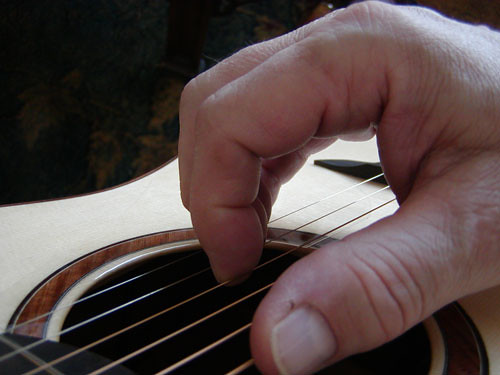
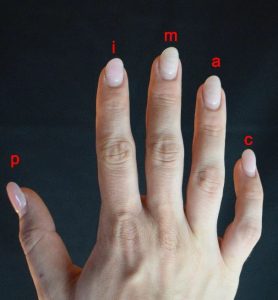
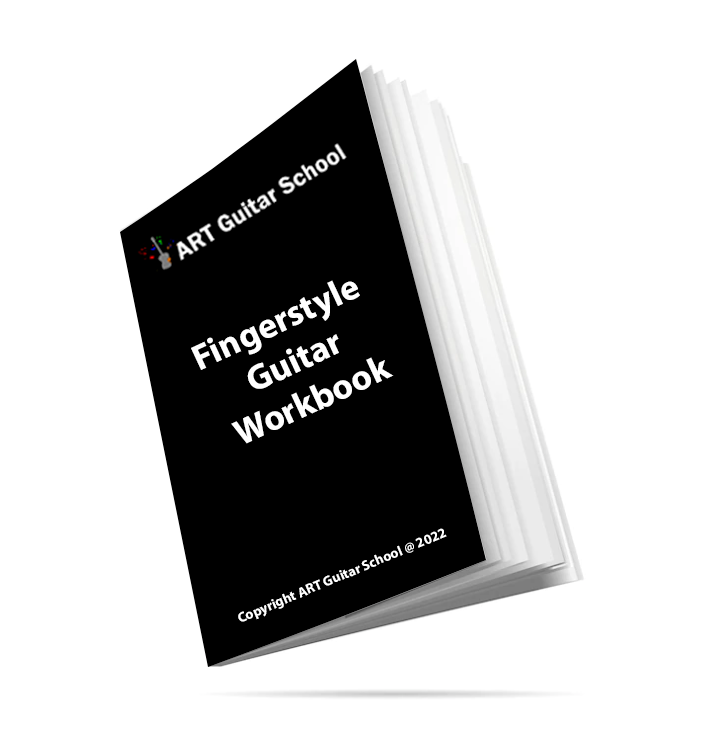
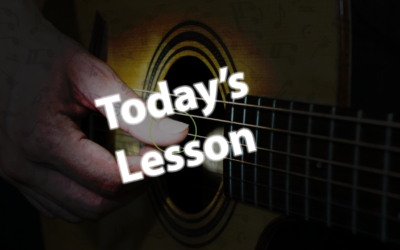
0 Comments